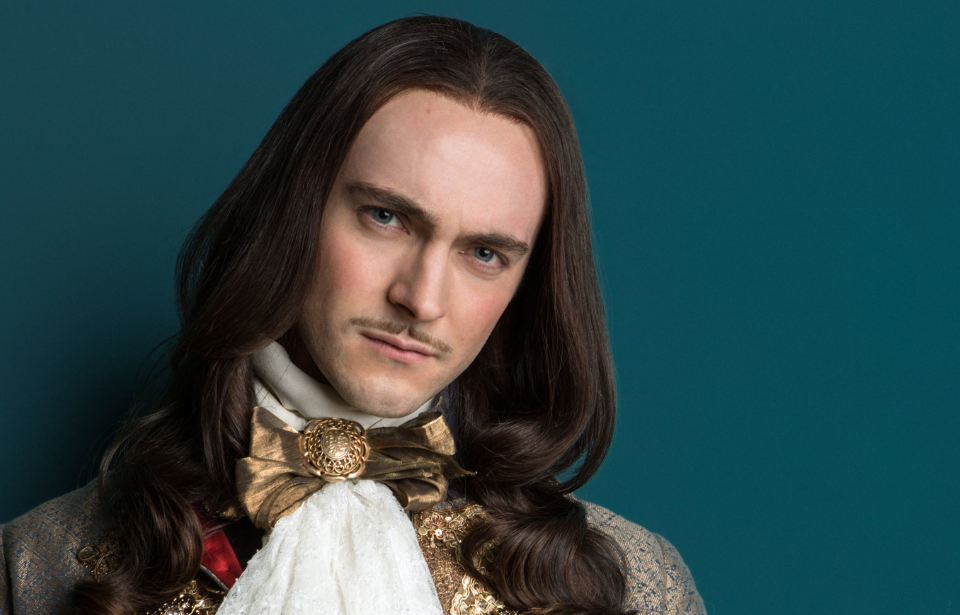Louis XIV, also known as the Sun King and Louis the Great, ruled France for over 70 years in the 17th and 18th centuries.
From how the King lost his virginity to carriage races between his wife and mistress as well as a poisoning scandal, the court of Louis XIV was certainly an eventful place to be. Here are six of the scandals that beset King Louis’s reign (although plenty of them were of his own making).
The King loses his virginity to a one-eyed lady in waiting
Of course, the most important thing a king can do during his reign is secure “an heir and a spare” so that the line of succession will never be in question. With that in mind, when Louis was 15 years old, his mother decided it was time he learned what it took to make babies.
On her website Party Like 1660, a site dedicated to the Sun King’s reign, historical researcher Aurora van Goeth details what Louis’s mother had in mind. As well as needing “easy access to the King, the chosen woman must lack ambitions to raise herself above her current rank, she must be discreet, she must be experienced, but not too much, she must be clean and without any diseases, she must be charming, but not to a level of being too enchanting.”
Eventually, she chose one of her own lady’s maids: Catherine Henriette Bellier, nicknamed “One-Eyed Kate.” Despite the fact that Catherine was nearly forty years old and described as “ugly as ugly can be,” she must have been just what the King needed.
One day, Louis found her waiting for him in his bed wearing very little. Clearly, she must have been just to his tastes because as well as enjoying her company that day, Louis sought her out in the following years too.
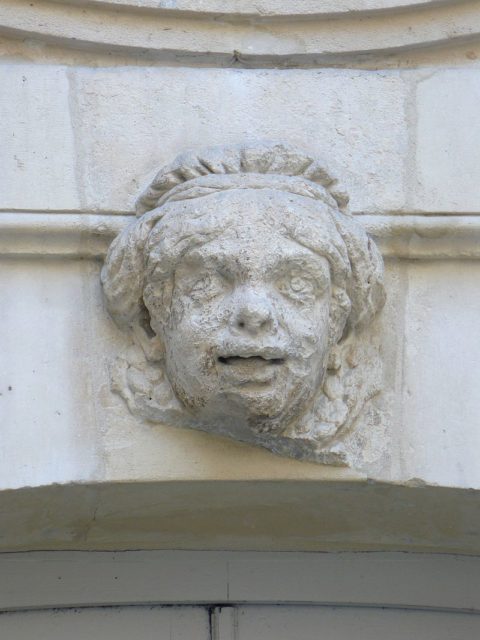
The King’s mother was so pleased with Catherine’s services that she awarded the lady-in-waiting 2,000 livres, two townhouses, the title of baroness, and the Hôtel de Beauvais. Although there are no surviving portraits of this intriguing woman, her likeness is carved in stone on the façade of the Hôtel de Beauvais.
One of his mistresses caused a scandal by racing against the Queen
Louis wasn’t particularly faithful to his first wife, Marie Thérèse of Spain, and had affairs with various women. One of these was Louise de La Vallière, with whom he had five children. When she eventually left court, Louise became a Carmelite nun, but during her time as Louis’s mistress, there was one hot-headed incident that secured her a place in the history books.
While Louis had several mistresses, often at the same time, for Louise, the Sun King was her one true love. Pregnant with his fourth child, Louise was told to stay behind while other members of the court (including the Queen) went to join the King on the battlefield and share in his military glory. A battlefield was no place for a pregnant woman, she was told, but Louise was having none of that.
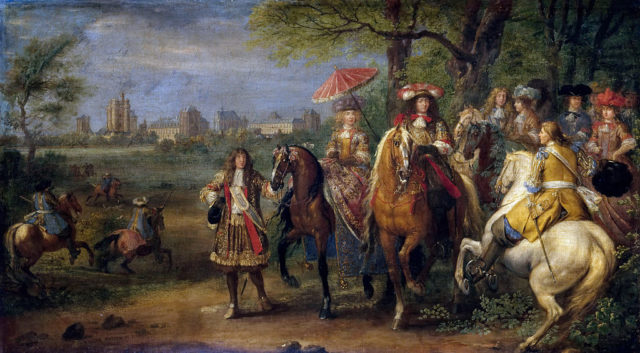
Not only did she get in her carriage and go after the column of people heading to meet the King, she also had the audacity to overtake the Queen’s carriage. As the first lady of France, the Queen is supposed to go, well, first. According to Aurora van Goeth, Marie Thérèse was so shocked by the act that her stomach turned over and she vomited on the skirts of one of her ladies.
There was a pause while the unfortunate lady changed her clothing and Marie Thérèse took Mass to calm herself. When the procession started up again, the Queen was in front. But when King Louis came into sight, Louise instructed her driver to overtake the Queen – again. She believed the King would be impressed if she was the first to greet him.
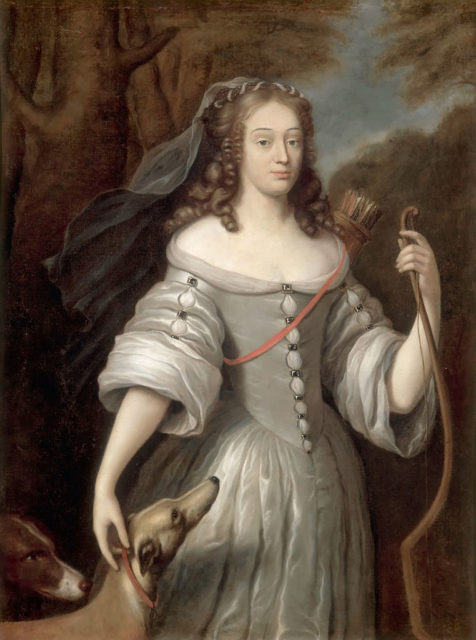
But Marie Thérèse wasn’t having any of that nonsense, so she urged her own driver to go faster. The two carriages raced wildly up the hill towards the King. Although Louise was the first to arrive, her triumph was cut short by Louis’s cold greeting: “What, Madame? Before the Queen?”
The King proceeded to ignore her and spent the rest of the trip with his wife (well, his wife and the other mistress that he had on the side too).
The poison inquiry that led to death and exile
While the headstrong Louise might have disgraced herself with her racing stunt, another of Louis’s mistresses brought an even greater scandal down on herself: that of trying to poison the King.
After Madame de Brinvilliers was executed for trying to poison her father and brothers to inherit their estates, those at the court of Louis XIV started to wonder if they, too, might be being poisoned – including the King himself. What followed came to be known as the Poison Affair.
In February 1677, an inquiry was opened and the King instructed the chief of the Paris police to root out any poisoners. A whole underworld of magicians, fortune tellers, and alchemists was uncovered.
Under torture, these practitioners revealed some very high-profile names in their client lists. One name uttered was that of Madame de Montespan, the King’s mistress at the time. Montespan had allegedly gone to Catherine Deshayes, also known as “La Voisin,” for love potions and black masses in an effort to ensure that Louis’s affections for her never dwindled. Madame de Montespan had even been witnessed sprinkling unknown powders on the King’s food. While there was no suggestion that she was trying to kill him, she was undoubtedly attempting to influence him and poison his mind against others.
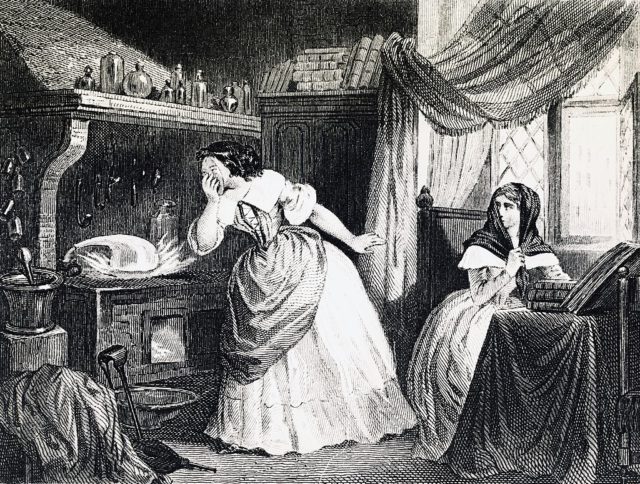
Although Madame de Montespan was never tried, the Poison Affair resulted in 442 suspects, 218 of whom were arrested. Out of that number, 36 were executed, five sentenced to the galleys, and 23 sent into exile. Some died either at the torturer’s hands or their own, while others were imprisoned for life.
The man who stole from the King and flaunted it
If you were going to embezzle one of the most powerful men in Europe, you might want to think about being subtle. But subtlety was far from the mind of Nicolas Fouquet.
By the time he was a young man, Nicolas already possessed a good deal of wealth. His marriage to Louise Fourché brought him 160,000 livres as well as a pension of 4,000 livres and land in Quéhillac. After his father’s death in April 1640, Nicolas had a share of the inheritance as well.
Having secured various high-ranking positions that gave him access to the King’s money, Nicolas siphoned a lot of it away for his own use. For example, half the taxes collected didn’t make it to the treasury.
While the King struggled for money, Nicolas was giving his daughter a dowry of 600,000 livres and building a palace at Vaux. He collected rare books and antiques, and owned several hotels. Nicolas actually invited the King to a lavish event at his new palace in August 1661, and when Louis saw how the wealth of one of his foremost ministers outstripped his own, he realized he had been correct to decide back in May that something needed to be done about Nicolas.
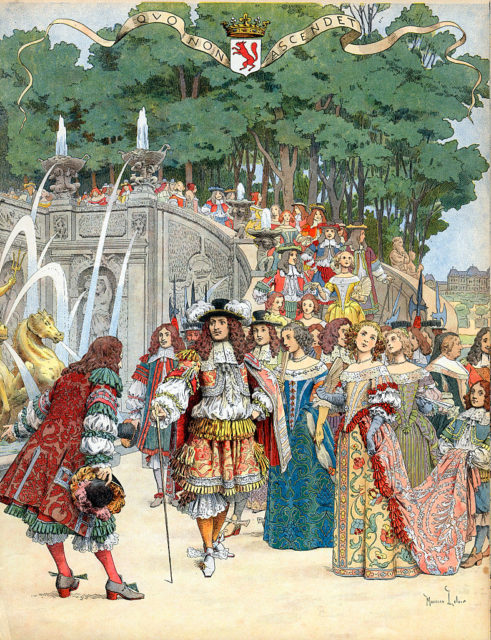
After tricking Nicolas to give up his titles (and the protection that went with them), Louis had him arrested in September outside the council chamber. His trial took three years, and while he was found guilty of embezzlement, only nine out of twenty-two judges voted for the death sentence, so he was banished instead.
Disgusted at the idea of Nicolas going to foreign shores, possibly holding a grudge and increasing his power before moving against France, Louis fired two of the judges and ordered that the sentence of banishment should be life imprisonment instead.
Louis allegedly had a secret marriage to a penniless nanny
The Queen died in 1683. Since the King already had his required heir, he wasn’t that bothered about another marriage, particularly as he had plenty of lovers. However, there was one woman who caught his eye.
Françoise d’Aubigné had grown up in poverty and married a poet. After being widowed at a young age, she went to care for the King’s illegitimate children at Versailles. Some sources say that Louis was drawn to her because of the care that she showed for his children. While her incredibly low class made a marriage impossible, Françoise refused to sleep with the King because her religious beliefs viewed such a thing as a cardinal sin unless they were married.
So, in the end, it is believed that Louis and Françoise took part in a secret wedding either in October 1683 or January 1684. There is no direct or written proof that the wedding took place, but it seems to have been an open secret at the court and historians like Aurora van Goeth believe that it took place.

Despite such a grand match, life changed very little for Françoise; neither she nor any children she might have with Louis would have any claim on the throne. This kind of marriage is known as a morganatic marriage and was necessary because the French nobles would have rebelled if Louis had tried to make the lowly Françoise Queen of France. But she was given better rooms in the palace, rooms that were closer to the King, and Louis spent at least part of every day with her.
Le Grande Mademoiselle’s controversial choice of groom
Anne Marie Louise d’Orléans, also known as Le Grande Mademoiselle, was Louis’s cousin. A woman who knew her own mind, she rejected all marriage offers made to her until she was in her forties. At that point, she fell in love with Antoine Nompar de Caumont.
You might think that Antoine would jump at the chance to marry the King’s cousin, but he wasn’t interested at first. However, Anne pursued him and eventually he agreed.
Although Louis initially approved the match, others at court were so outraged at such a lowly choice of groom for such a high-born lady that Louis revoked his permission for them to marry on the eve of the wedding itself. According to Aurora van Goeth, Louis was heartily sorry for the pain he’d caused his cousin with this change of mind.
Not long afterward, Antoine was jailed for disputes with others at court. He remained incarcerated for a decade, while his determined bride begged the King to release him.
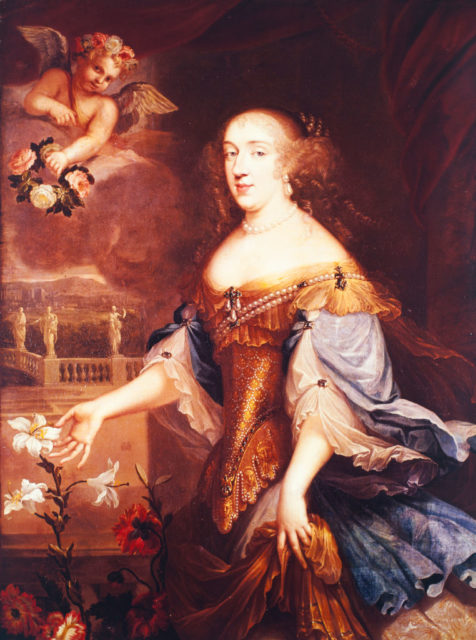
More from us: The Daily Routine of Louis XIV in Europe’s Most Opulent Court
Eventually, Antoine was free and able to marry Anne. Unfortunately, the marriage didn’t last, thanks to Antoine’s wandering eye and his complete lack of gratitude for the woman who had secured his freedom. She ended up kicking him out of the house.
